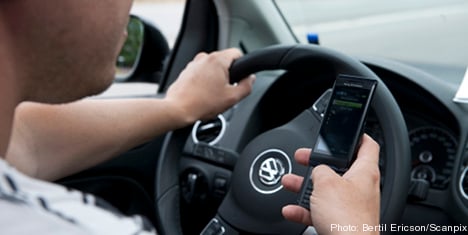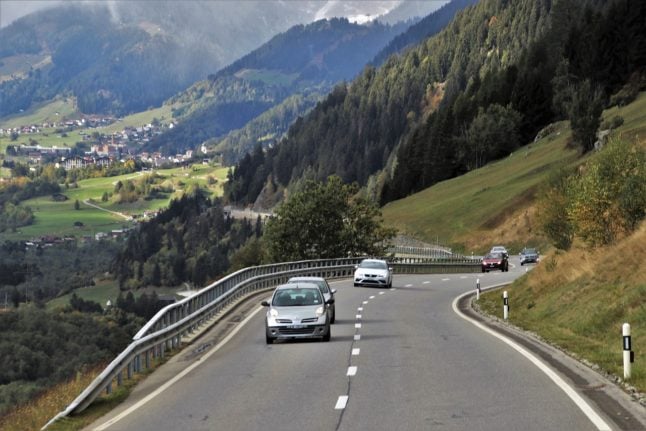The survey, by insurance company Trygg-Hansa, showed that 44 percent of the 898 drivers surveyed had at some point sent or read an SMS while driving. Some 13 percent of respondents said they did do at least once per week.
“It is at least as dangerous as driving while drunk,” said Susanne Lekengård, spokeswoman for motoring organization Motormännen.
Lekegård said the law should be changed to ban the use of phones while driving. Many other countries, including Sweden’s neighbours Norway, Denmark and Finland, have already introduced a ban.
But Infrastructure Minister Åsa Torstensson said a ban was not the solution:
“For it to be effective you would need a total ban, as it is the calls themselves and their content that distracts the driver. Hands-free doesn’t help and I can’t see a total ban being passed,” she said.
Torstensson added that a ban on text-messaging at the wheel would be hard to police.
Drivers who cause a hazard by driving while using their mobile phones can currently be charged with careless driving, a crime that carries penalties of up to 2 years in jail.




 Please whitelist us to continue reading.
Please whitelist us to continue reading.
Member comments